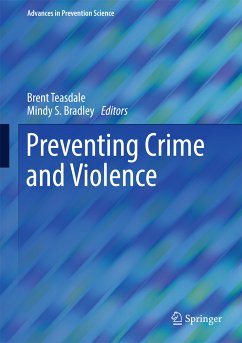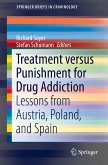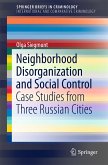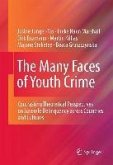Included in the coverage:
Integrating criminology and prevention research
Social disorganization theory: its history and relevance to crime prevention
Research designs in crime and violence prevention
Macro- and micro-approaches to crime prevention and intervention programs
Implications of life course: approaches for prevention science
Promising avenues for prevention, including confronting sexual victimization on college campuses
Spotlighting current progress and continuing evolution of the field, Preventing Crime and Violence will enhance the work of researchers, practitioners, academicians, and policymakers in public health, prevention science, criminology, and criminal justice, as well as students interested in criminology and criminal justice.
Dieser Download kann aus rechtlichen Gründen nur mit Rechnungsadresse in A, B, BG, CY, CZ, D, DK, EW, E, FIN, F, GR, HR, H, IRL, I, LT, L, LR, M, NL, PL, P, R, S, SLO, SK ausgeliefert werden.









